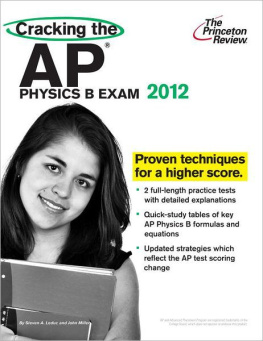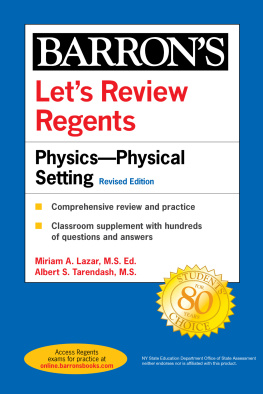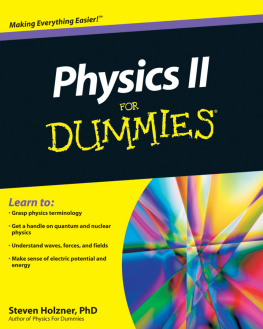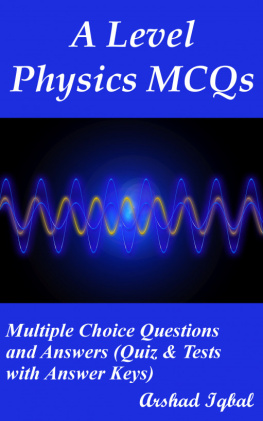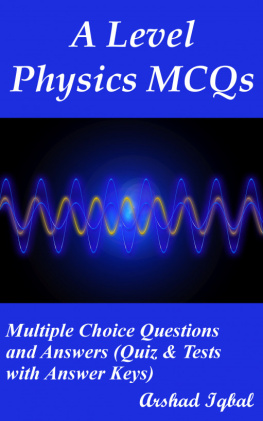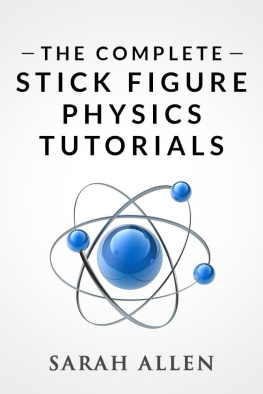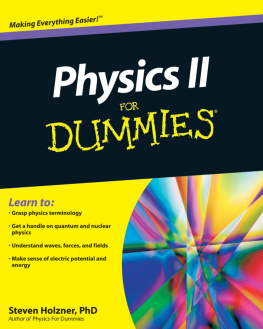
Editorial
Rob Franek, VP Test Prep Books, Publisher
Seamus Mullarkey, Associate Publisher
Laura Braswell, Senior Editor
Selena Coppock, Editor
Heather Brady, Editor
Random House Publishing Team
Tom Russell, Publisher
Nicole Benhabib, Publishing Manager
Ellen L. Reed, Production Manager
Alison Stoltzfus, Associate Managing Editor
The Princeton Review, Inc.
111 Speen Street, Suite 550
Framingham, MA 01701
E-mail:
Copyright 2011 by The Princeton Review, Inc.
The Princeton Review is not affiliated with Princeton University.
All rights reserved. Published in the United States by
Random House, Inc., New York, and in Canada by
Random House of Canada Limited, Toronto.
eISBN: 978-0-307-94446-7
Editor: Calvin S. Cato
Production Editor: Michael Breslosky
2012 Edition
Cover design 2011 by Random House, Inc.
Cover art Andres Rodriguez/Alamy.
v3.1
ACKNOWLEDGMENTS
My thanks and appreciation to John Katzman, Steve Quattrociocchi, Paul Maniscalco, Kris Gamache, Tricia McCloskey, Andy Lutz, and Suellen Glasser for making me feel at home. Thanks also to Art Brown for his thoughtful and valuable input.
Special thanks to Paul Kanarek for his friendship, counsel, and encouragement.
S.L.
Thanks to Heather Brady, Meave Shelton, Kim Howie, and Al Mercado for making my words and diagrams make more sense. Thanks to Pete Insley, Scott Welty, and Jeff Rylanderthe guys who taught me how to teach physics. Thanks to my wife and three children who continue to teach me about living.
J.M.
DEDICATION
This work is dedicated to the memory of my great aunt, Norma Perron Lamb Piette.
I NTRODUCTION
WHAT IS THE PRINCETON REVIEW?
The Princeton Review is an international test-preparation company with branches in all major U.S. cities and several abroad. In 1981, John Katzman started teaching an SAT prep course in his parents living room. Within five years, The Princeton Review had become the largest SAT prep program in the country.
Our phenomenal success in improving students scores on standardized tests is due to a simple, innovative, and radically effective philosophy: Study the test, not just what the test claims to test. This approach has led to the development of techniques for taking standardized tests based on the principles the test writers themselves use to write the tests.
The Princeton Review has found that its methods work not just for cracking the SAT, but for any standardized test. Weve already successfully applied our system to the GMAT, LSAT, MCAT, and GRE, to name just a few. Obviously, you need to be well versed in physics to do well on the AP Physics B Exam, but you should remember that any standardized test is partly a measure of your ability to think like the people who write standardized tests. This book will help you brush up on your AP Physics and prepare for the exam using our time-tested principle: Crack the system based on how the test is created.
We also offer books and online services that cover an enormous variety of education and career-related topics. If youre interested, check out our website at PrincetonReview.com.
The AP (Advanced Placement) Examinations are given in May of each year and offer students the opportunity to earn advanced placement or college credit for work theyve done in high school or independently.
There are two versions of the AP Physics Exam; theyre called Physics B and Physics C. The Physics B Exam covers a wide range of topics, but the questions are not too mathematically sophisticated. The Physics C Exam covers a smaller range of topics, but the questions are more challenging and calculus is used widely. In case youre curious, the Physics C Exam is actually composed of two separate exams: one in Mechanics and one in Electricity and Magnetism (E & M). You can take just the Mechanics, just the E & M, or both. Separate scores are reported for the Mechanics and E & M sections.
You have probably decided to take the Physics B exam, which contains two sections: a multiple-choice section and a free-response section. Questions in the multiple-choice section are each followed by five possible responses (only one of which is correct), and your job, of course, is to choose the right answer. Each correct answer is worth one point, and there is no penalty for an incorrect answer. There are 70 multiple-choice questions and the time limit is 90 minutes. You may not use a calculator on the multiple-choice section.
The free-response section consists of six multi-part questions, which require you to actually write out your solutions, showing your work. The total amount of time for this section is 90 minutes, so you have an average of 15 minutes per question. Unlike the multiple-choice section, which is scored by computer, the free-response section is graded by high school and college teachers. They have guidelines for awarding partial credit, so you dont need to correctly answer every part to get points. You are allowed to use a calculator (programmable or graphing calculators are okay, but ones with a typewriter-style keyboard are not) on the free-response section, and a table of equations is provided for your use on this section. The two sectionsmultiple-choice and free-responseare weighed equally, so each is worth 50 percent of your grade.
Grades on the AP Physics Exam are reported as a number: either 1, 2, 3, 4, or 5. The descriptions for each of these five numerical scores are as follows:
| AP Exam Grade | Description |
| 5 | Extremely well qualified |
| 4 | Well qualified |
| 3 | Qualified |
| 2 | Possibly qualified |
| 1 | No recommendation |
Colleges are generally looking for a 4 or 5, but some may grant credit for a 3. How well do you have to do to earn such a grade? Each test is curved, and specific cut-offs for each grade vary a little from year to year, but heres a rough idea of how many points you must earnas a percentage of the maximum possible raw scoreto achieve each of the grades 2 through 5:
| AP Exam Grade | Percentage Needed |
| 5 | 75% |
| 4 | 60% |
| 3 | 45% |
| 2 | 35% |
So, whats on the exams and how do you prepare for them? Heres a list of the major topics covered on the AP Physics B Exam, along with an approximate percentage of the questions in each topic (what the College Board calls the percentage goal):
| Topic | Physics B |
| Newtonian Mechanics | 35% |
| Kinematics | 7% |
| Newtons Laws | 9% |
| Work, Energy, and Power | 5% |
| Linear Momentum | 4% |
| Circular Motion and Rotation | 4% |
| Oscillations and Gravitation | 6% |
| Fluid Mechanics and Thermal Physics | 15% |
| Fluid Mechanics | 6% |
| Temperature and Heat | 2% |
| Kinetic Theory and Thermodynamics | 7% |
| Electricity and Magnetism | 25% |

